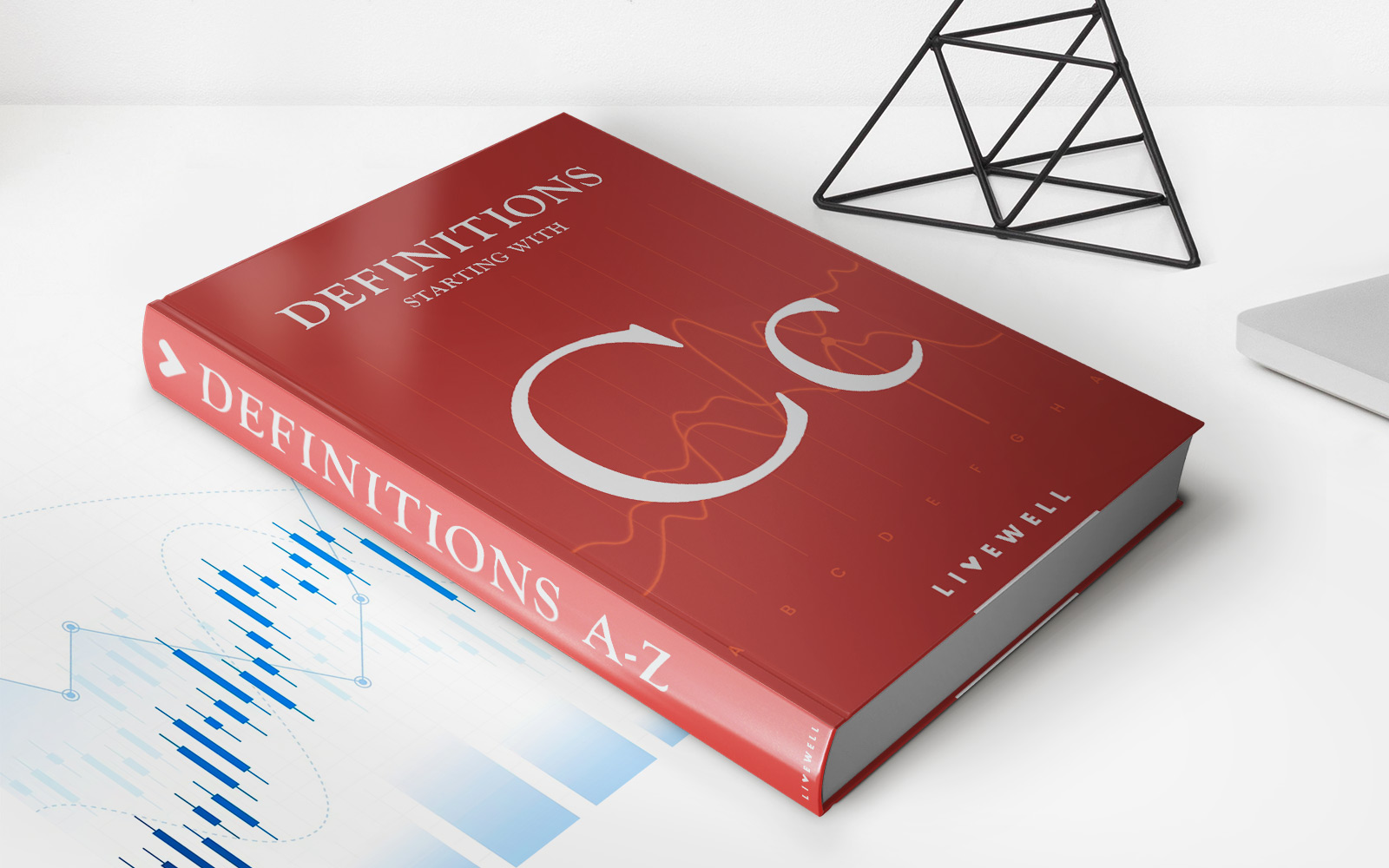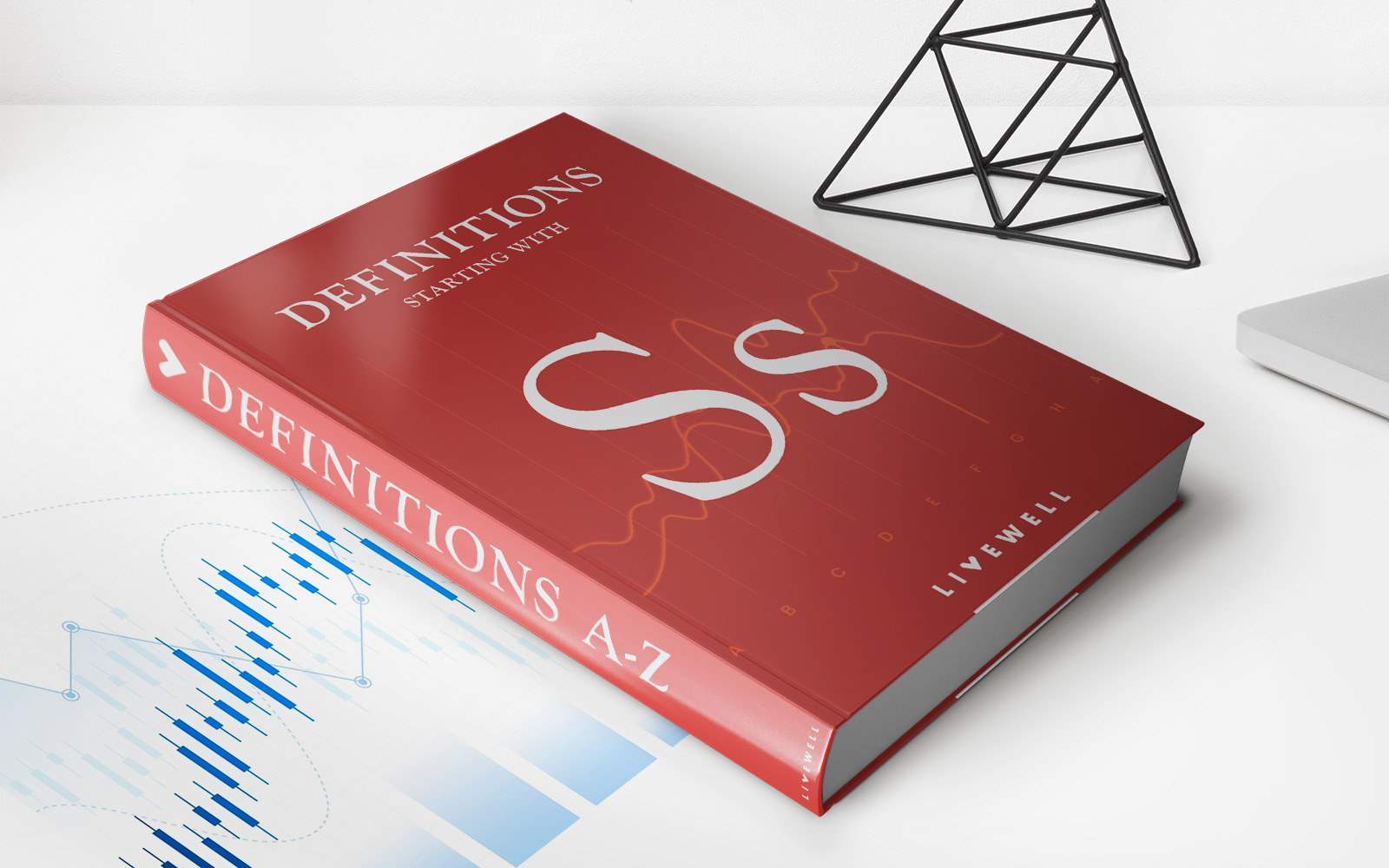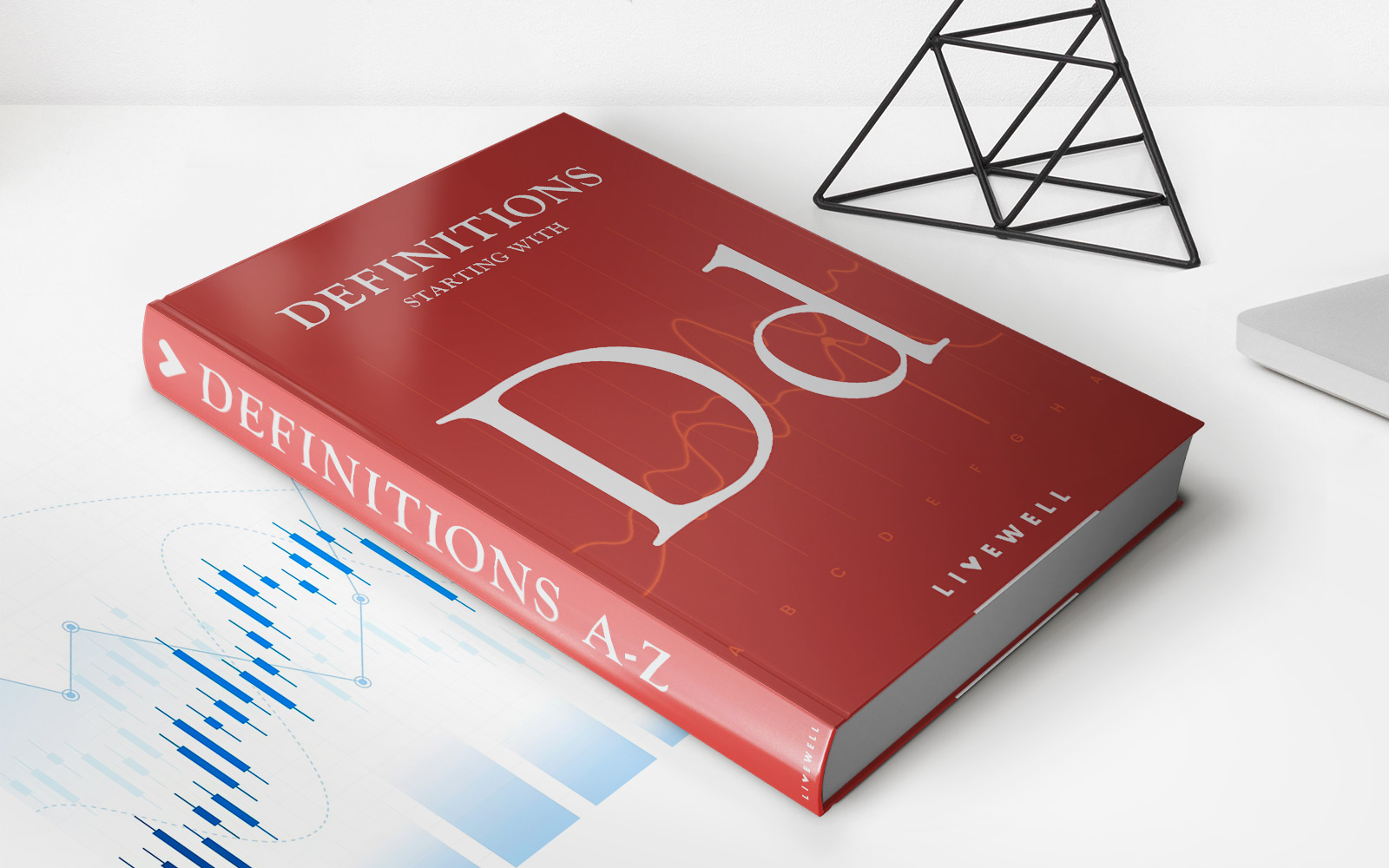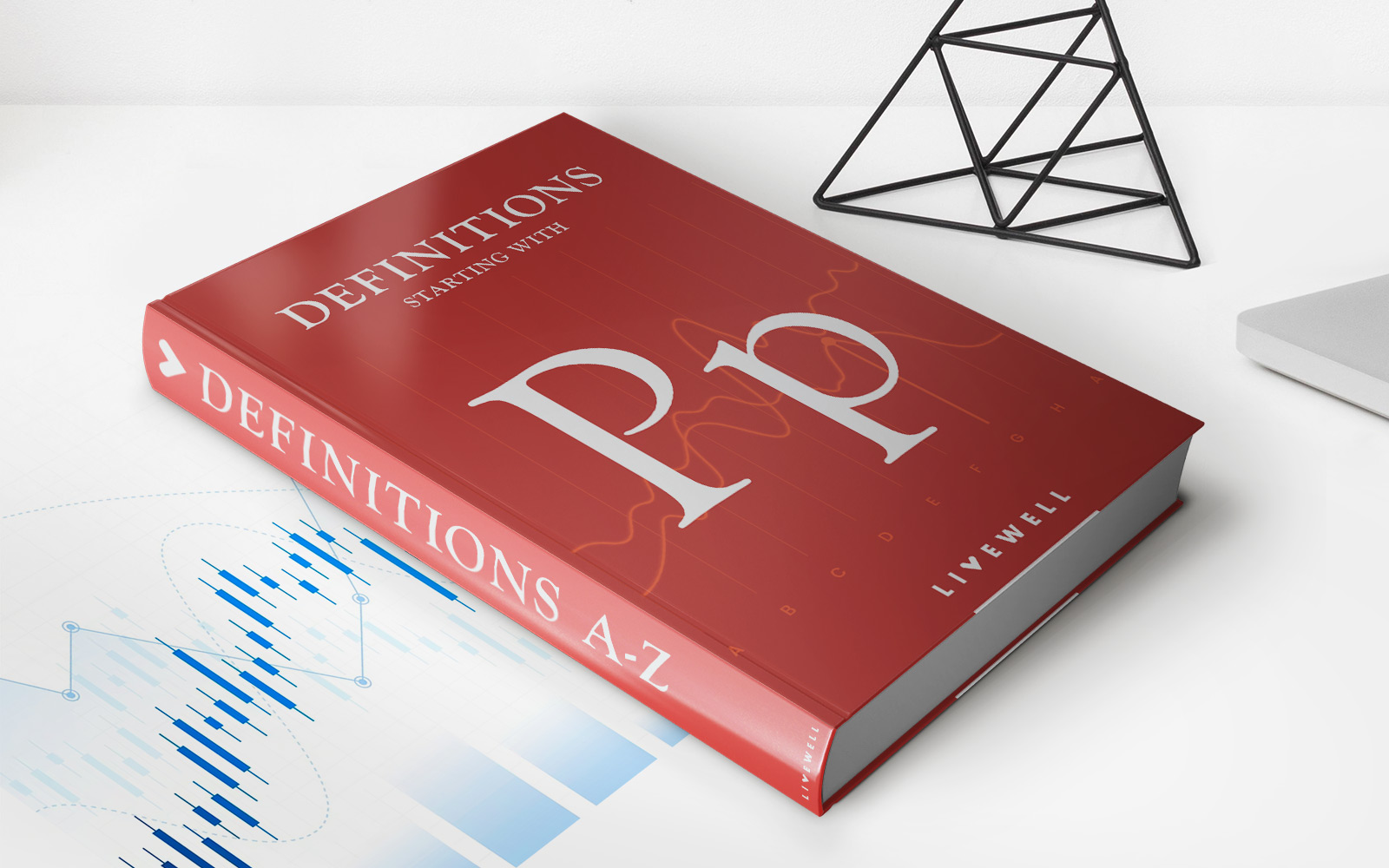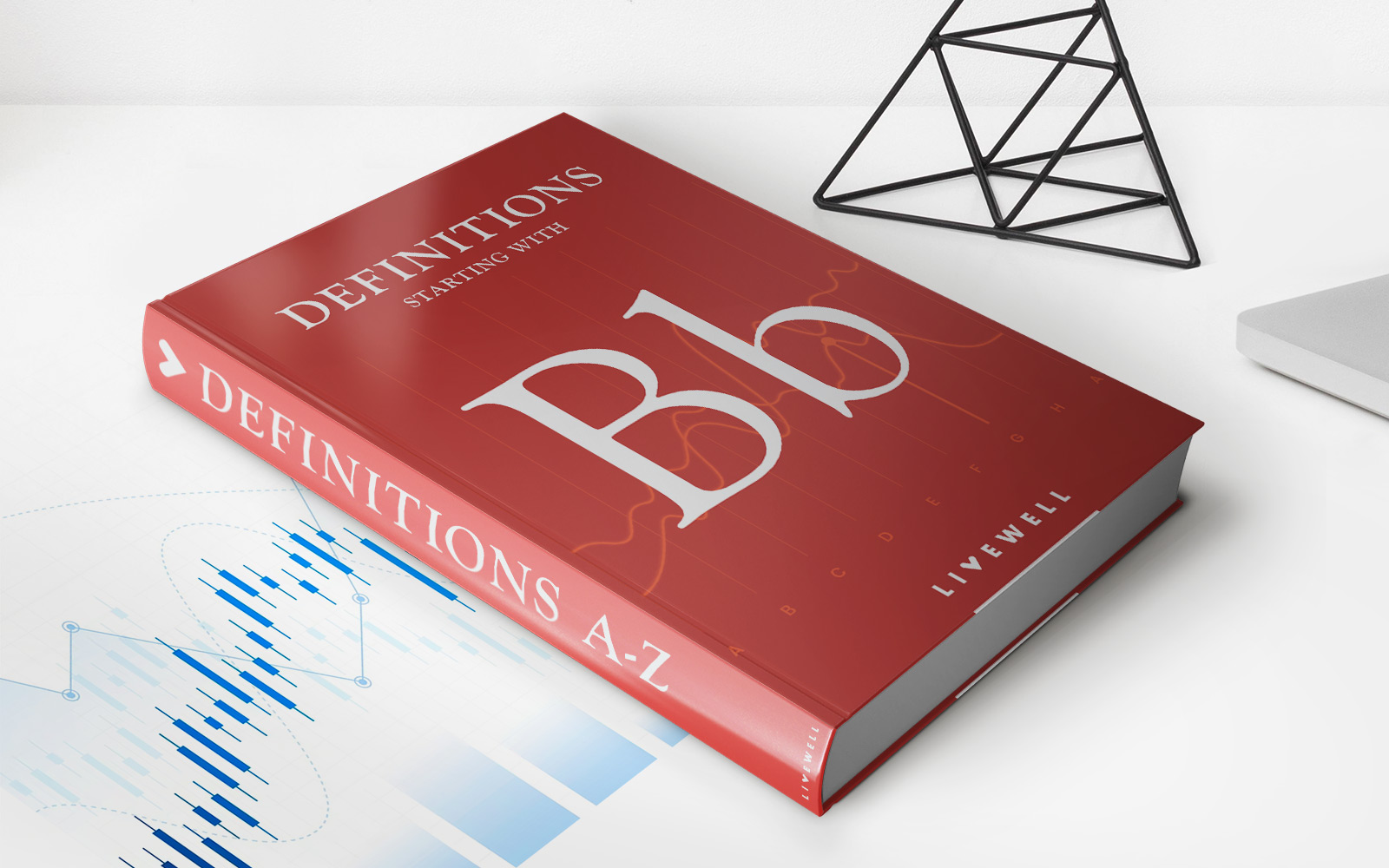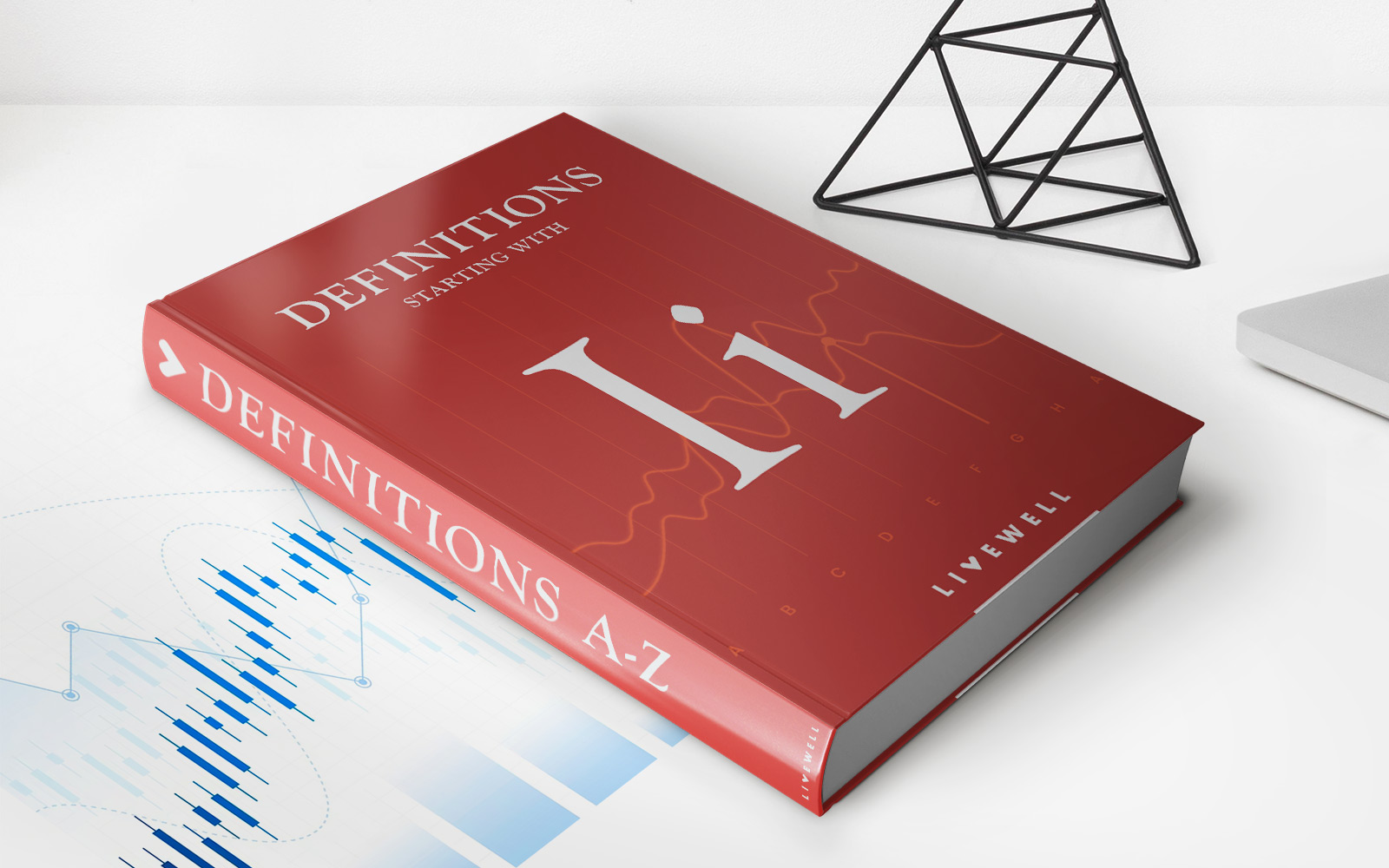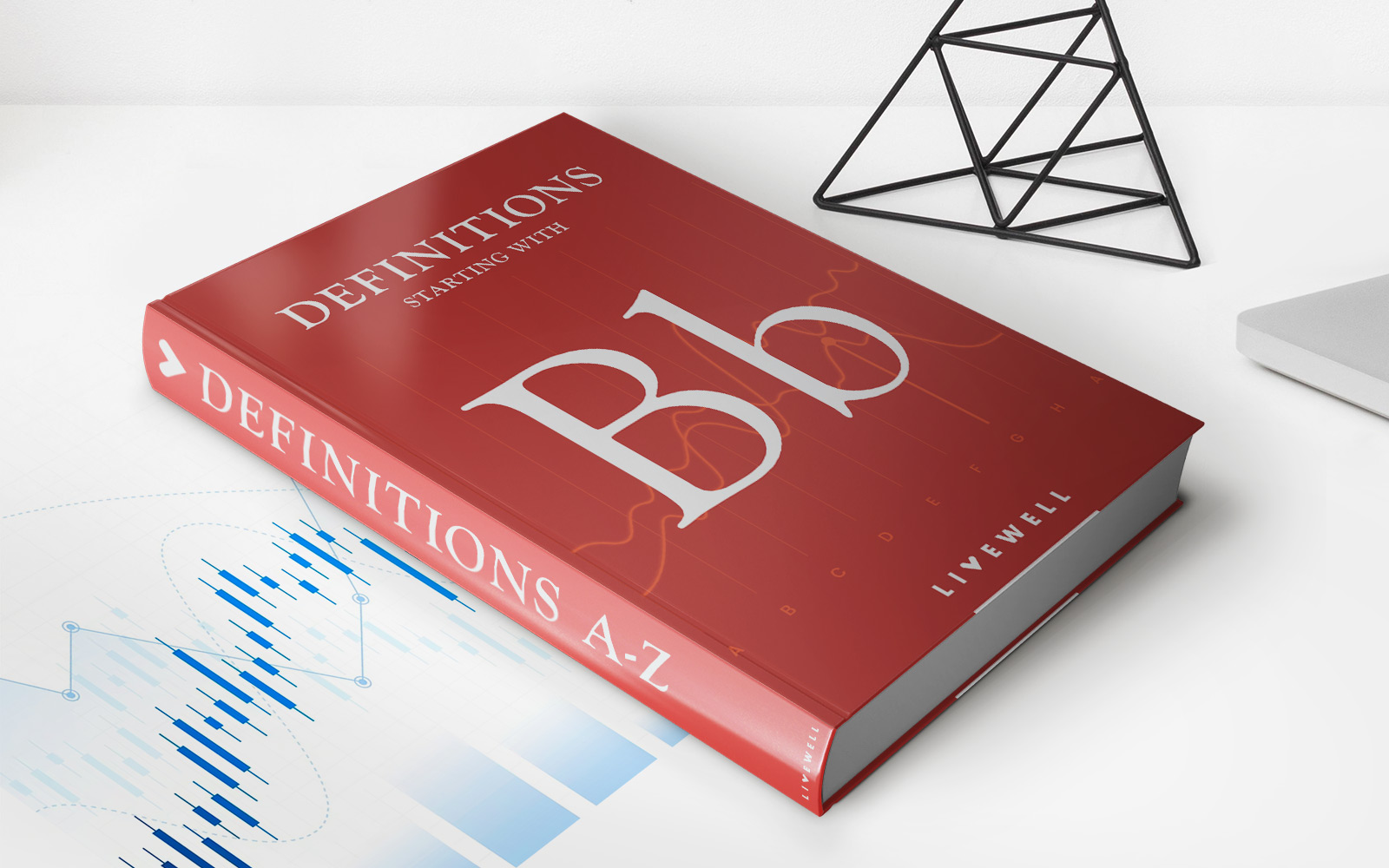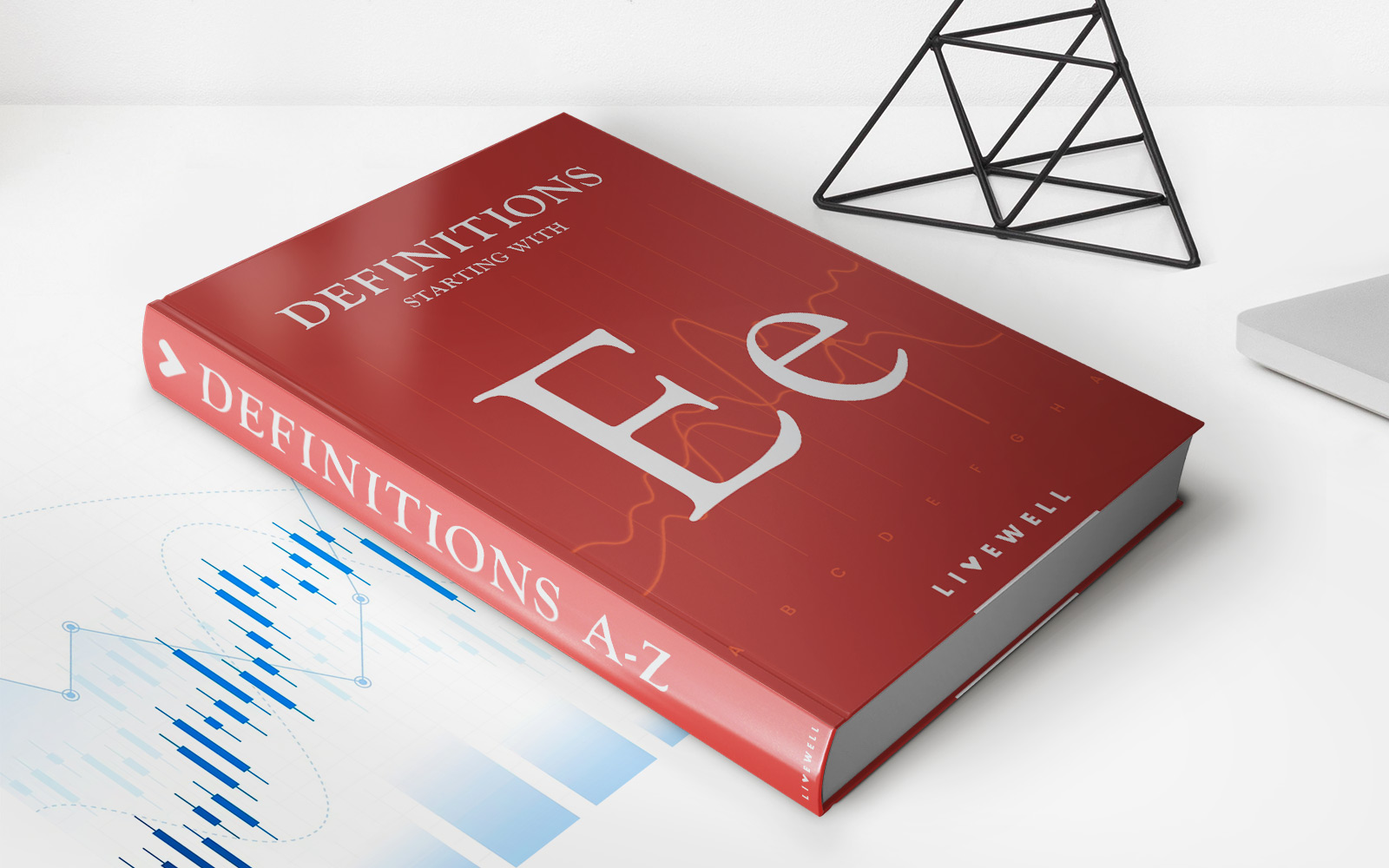Home>Finance>What Is A Handle? Definition In Price Quotes And Example
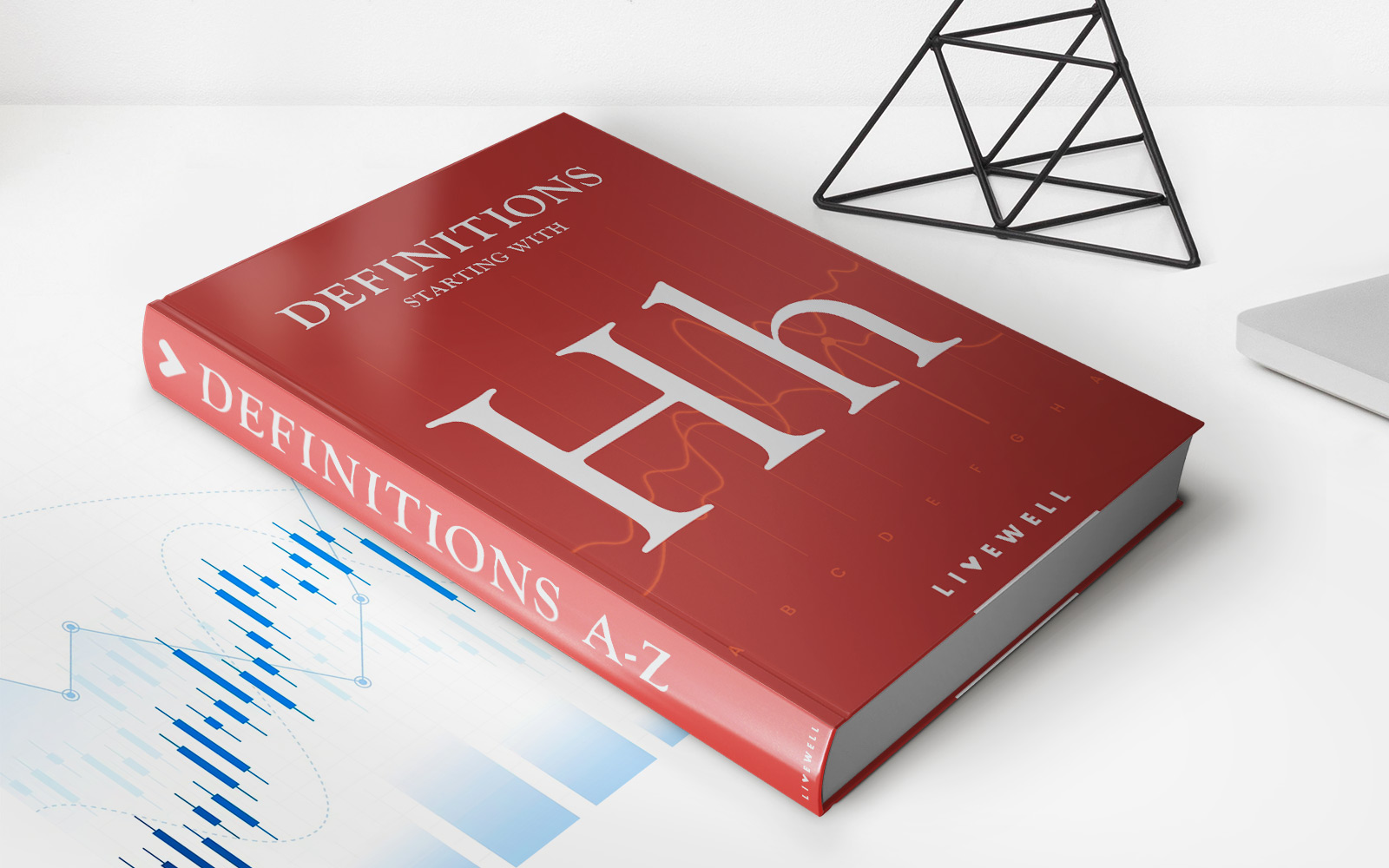

Finance
What Is A Handle? Definition In Price Quotes And Example
Published: December 3, 2023
Learn the definition of a handle in finance and its application in price quotes. Discover examples to better understand this key financial term.
(Many of the links in this article redirect to a specific reviewed product. Your purchase of these products through affiliate links helps to generate commission for LiveWell, at no extra cost. Learn more)
What Is a Handle? Definition in Price Quotes and Example
Welcome to our Finance category, where we explore various concepts and terms that play a significant role in the financial world. In today’s post, we will dive into the definition and examples of a handle, a term commonly used in price quotes and trading discussions. If you’ve ever come across this term and wondered what it means, you’re in the right place.
Key Takeaways:
- A handle is a term used in price quotes to refer to the whole number component of a price quote that comes before the decimal point.
- Handles are often used in financial markets to facilitate quicker and more concise communication among traders and investors.
Now, let’s get into the details of what a handle is and how it is used in the finance world.
In finance, a handle is the whole number part of a price quote that appears before the decimal point. It is often used in conjunction with “points” to represent changes in price. For example, if a stock is trading at $102.50, the handle would be 100, and the points would be 2.50.
Handles are typically used in financial markets to provide a shorthand method of speech to refer to stock prices, futures contracts, or currency pairs. By using handles, traders and investors can quickly convey important information without having to mention the exact decimal portion of a price.
Here’s an example to help illustrate the concept:
Let’s say you’re a trader, and you’re discussing the price of a stock with a colleague. Instead of saying, “The stock is currently trading at one hundred and twenty-two dollars and fifty cents,” you can simply say, “The stock is at 122-50.” In this case, 122 represents the handle, and 50 represents the points.
By utilizing handles, traders can save time, reduce the chances of miscommunication, and focus on analyzing market trends and making informed decisions.
Key Takeaways:
- A handle is the whole number component of a price quote that comes before the decimal point.
- Handles are commonly used in financial markets to facilitate quick and efficient communication.
In summary, a handle refers to the whole number part of a price quote in finance. It serves as a shorthand method to express price changes, allowing traders and investors to communicate more effectively. Understanding handles can be valuable for anyone involved in stock trading, futures contracts, or currency exchange. By familiarizing yourself with this term, you’ll have a better grasp of market discussions and be better equipped to navigate the world of finance.
